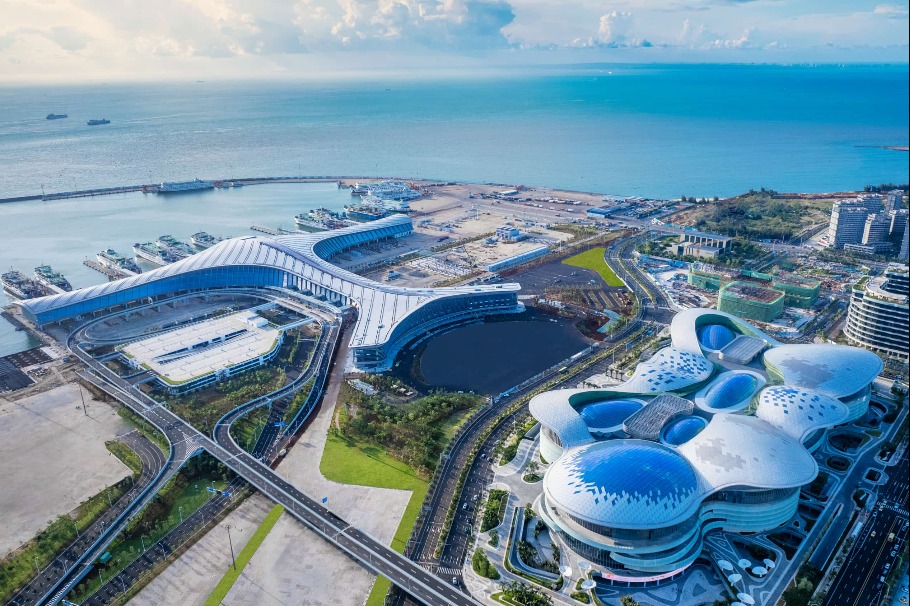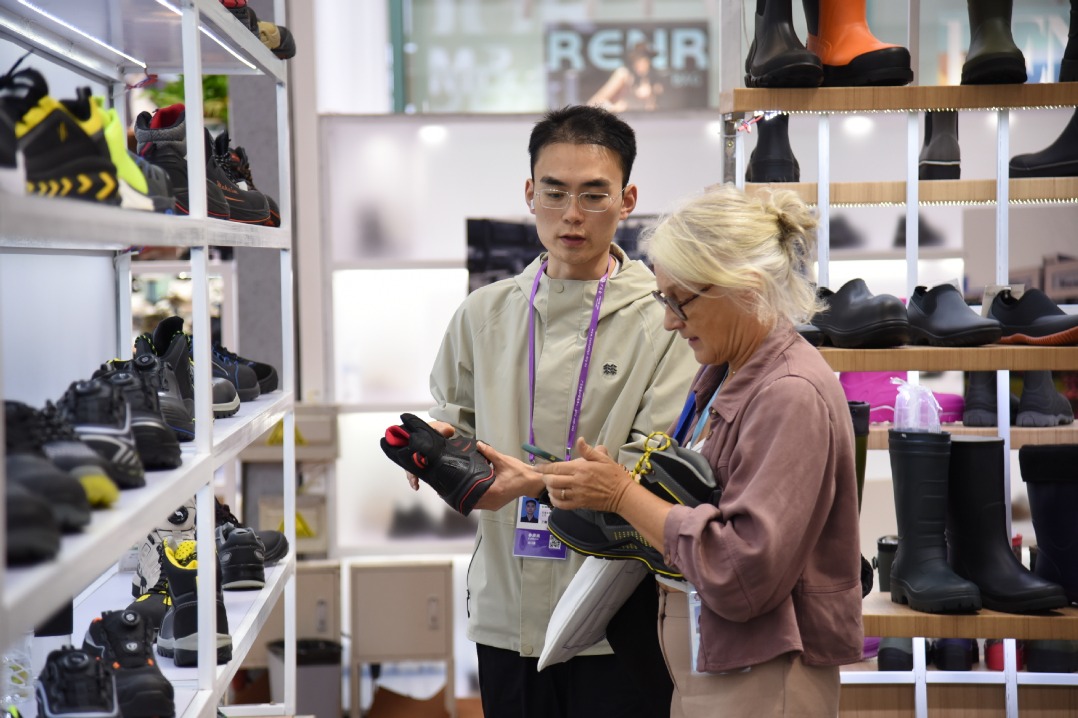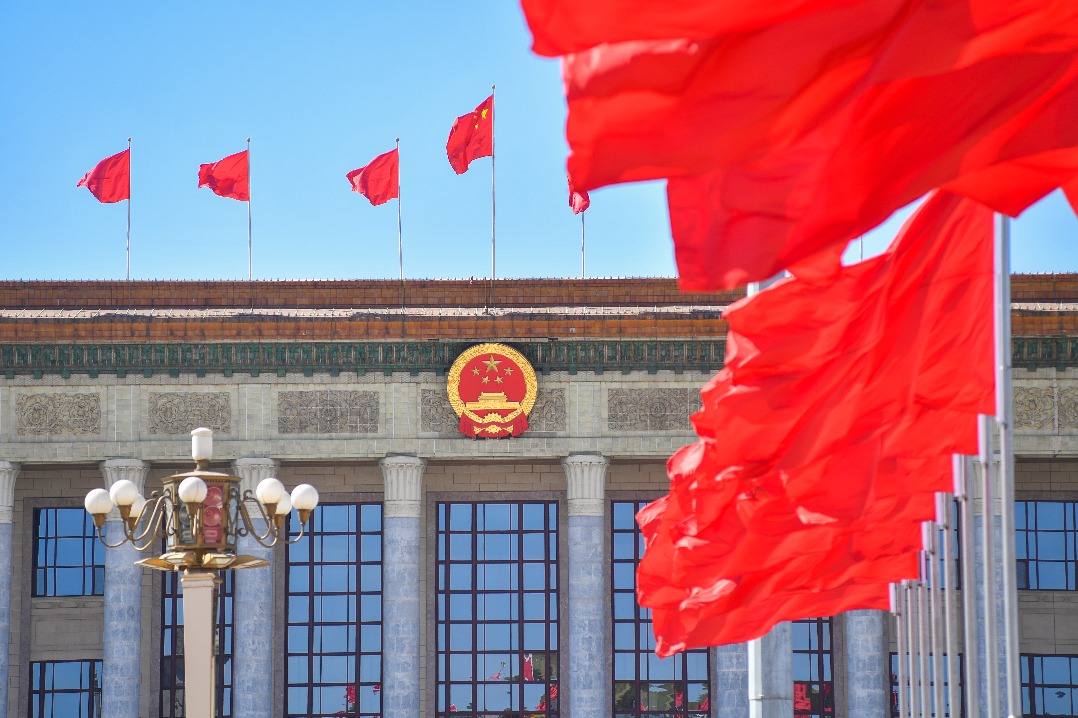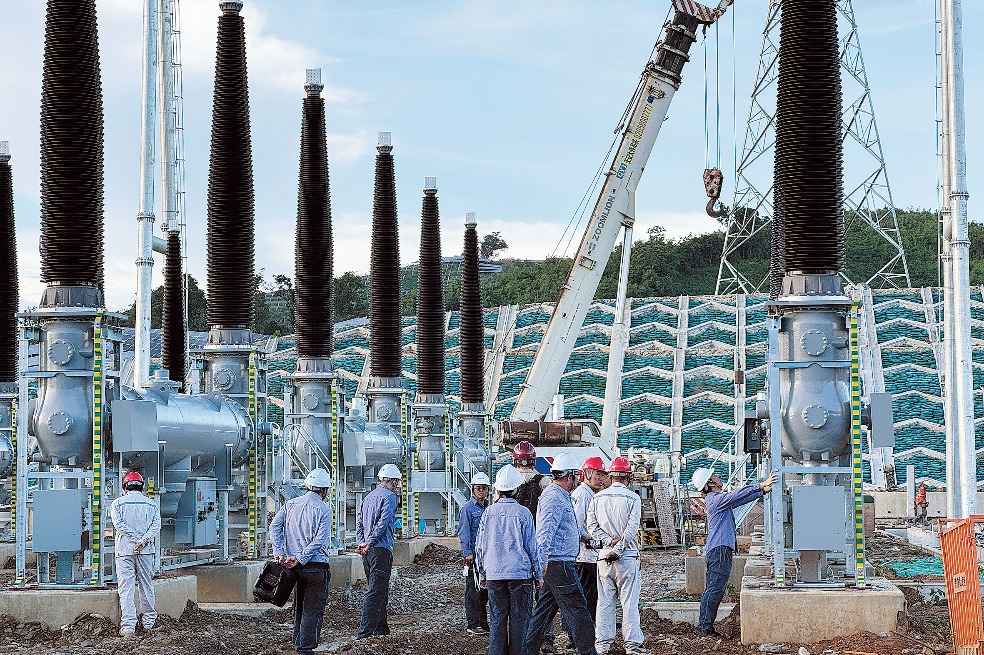A WALK AMONG HEROES
Streets, memorials and museums honor wartime martyrs, preserving spirit of sacrifice and inspiring peace across generations, report Xu Lin and Liu Kun in Wuhan.

Wang Lele, 20, a student at Wuhan University in Hubei province, takes city walks one day along Chen Huaimin, Zhang Zizhong and Hao Mengling roads, each named after a martyr of the Chinese People's War of Resistance Against Japanese Aggression (1931-45). The three roads eventually converge onto Shengli Street, whose name means "victory".
In 1946, this street, once divided by concessions of different countries, was reunified and renamed in commemoration of the victory in the war. This year marks the 80th anniversary of that triumph, a milestone that continues to resonate through the city's streets and memorials.
The Defense of Wuhan, also known as the Battle of Wuhan, was fought from June to October 1938. It was the largest and longest battle of the war which had erupted in full scale the previous year. During the battle, the Communist Party of China and Kuomintang cooperated with each other both on the battlefield and behind enemy lines.
One of the most remarkable episodes took place on April 29, 1938. Chinese pilot Chen Huaimin, 22, shot down a Japanese plane, drawing enemy pilot's fire. Struck, he crashed his burning plane into the aircraft of Japanese pilot Kenichi Takahashi. Both aircraft fell into the Yangtze River, and both young pilots perished.
Continuing her walk along Shengli Street, Wang eventually reaches the riverbank, reflecting on the sacrifice of Chen and other martyrs while taking in the vast, rolling waters of the Yangtze. At the nearby Memorial Hall of the Former Site of the Wuhan Office of the Eighth Route Army, she meets Chen De, the nephew of Chen Huaimin.
"He has dedicated himself to promoting the heroic deeds of Chen Huaimin. He even wrote a song about his uncle and wants to produce a film someday," she says.
For Wang, the visit deepens her sense of gratitude. "These martyrs made immense sacrifices for the victory in the war. They were loyal, righteous and selfless, willing to give up everything for their country. Thanks to them, we live in peace and prosperity today."
Like her, more Wuhan citizens and visitors are "retracing heroes' footsteps" in the community. The Memorial Hall of the Former Site of the Wuhan Office of the Eighth Route Army also launched an initiative to guide students through urban exploration and uncover the stories behind these heroic routes.
"Each heroic road carries the name of a martyr whose story turns textbook narratives into vivid, emotional encounters. Walking through the city is different from traditional, rigid forms of patriotic education, it speaks directly to the younger generation," says Zhou Jing, head of the memorial hall.
The memorial hall recently opened its renovated permanent exhibition Heroic City, Flames of Resistance — Wuhan's War of Resistance History. By skillful use of artifacts, texts, photos, reconstructed scenes and immersive multimedia displays, the exhibition brings to life Wuhan's pivotal role as a "heroic city" during the war.
Zhou believes that Chen Huaimin embodied loyalty, righteousness, integrity and filial devotion — a timeless hero that strikes a chord with today's youth.
"Survival is instinctive, but sacrificing oneself for righteousness is extraordinary. Ask yourself: Could you face death with such resolve? Most wouldn't, and that's precisely why these souls are true heroes," Zhou says.
Wartime stories also reveal humanity across battle lines.
In 1938, on Takahashi's body, a letter from his wife, Mieko, along with her photograph, was discovered. The same year, Chen Huaimin's younger sister Chen Nan wrote a public letter of sympathy, which was published in a Chinese newspaper. She condemned Japanese aggression while expressing compassion for Mieko, and appealed for world peace.
"Chen Nan wrote to her again in 1987. When Mieko finally got to see the letters, she was deeply touched to know that there were strangers who still cared about her grief," Zhou says. "This was never a personal feud, but a matter of national righteousness. Ordinary people everywhere long for peace."
To bring wartime experiences closer, the memorial hall also organizes activities where broadcasters recite letters that heroes wrote to their families. The goal is to reveal the personal side of history.
"Heroes are human, too. Beyond lofty personas, they are ordinary people with spouses, children and parents. Sharing their intimate words makes their sacrifices far more real," Zhou says.
According to her, although the Battle of Wuhan ended in the strategic withdrawal of Chinese forces, it succeeded in inflicting significant casualties and material losses upon the Japanese army. After that, Japan was unable to mount any further large-scale military operations.
Today, Wuhan preserves this pivotal history in numerous museums and memorials. One of the city's most powerful symbols is the Zhongshan warship. Japanese fighter planes sank the vessel in the Yangtze during the battle in 1938. It was submerged for 59 years until it was salvaged in 1997.
The warship was ordered by the Qing Dynasty (1644-1911) government from Japan in 1910. Originally named Yongfeng, it was renamed in 1925 in honor of revered revolutionary forerunner Sun Yat-sen. The Zhongshan Warship Museum in Wuhan was later specially built for the warship and opened to the public in 2011, with a collection of more than 7,300 pieces or sets of cultural relics.
"The Zhongshan warship is recognized as the largest movable cultural relic in China, as well as the most significant surviving artifact from the war. Its fate is inseparable from modern Chinese history, making it an invaluable teaching tool for patriotism," says Liu Xinyang, the museum's deputy curator.
The museum is now temporarily closed due to a culture project construction in the community.
"Tourists are deeply moved by the heroic stories and deeds connected to the warship's battle history. They also show strong interest in how it was salvaged, restored, relocated, and later exhibited."
The salvaged cultural relics from the warship are distinctive in features, including nameplates and badges, and shipboard facilities.
"The salvaged weapons and equipment cover almost all major types of light arms used by the Chinese army during the war against Japanese aggression, such as pistols and submachine guns," he says.
"The collection shows that people from all walks of life donated daily essentials to support the troops during the war against Japanese aggression, which serve as a testament to the nationwide resistance at that time."
The museum also houses more than 1,000 wartime telegram manuscripts, carefully preserved in moisture-proof wrapping. Experts are now decoding them, hoping they will yield new insights into the warship's role and the war against Japanese aggression.
This year, the museum is deploying a large-scale artificial intelligence model to enhance collection research, exhibition design, public education, and cultural creative products development. In May, the museum introduced Zhi Xiaolan, an AI guide, designed to offer online tours and detailed explanations of artifacts.
Liu says that cutting-edge technologies including AI and virtual reality offer tourists immersive experiences to learn about the history, such as the reenactment of war scenes.
Jin Yihan contributed to this story.
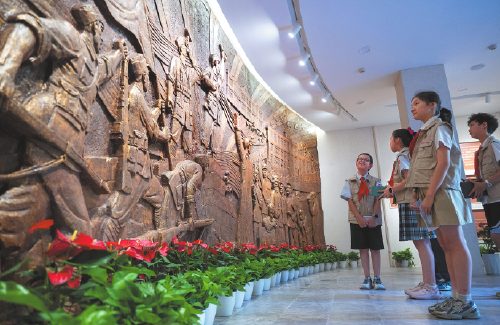
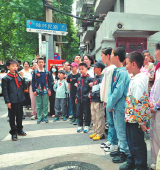

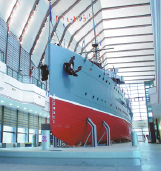

Today's Top News
- Xi congratulates Samia Suluhu Hassan on assuming presidency of Tanzania
- Xi stresses adopting high standards for building Hainan Free Trade Port
- China, Samoa exchange congratulations over 50th anniversary of ties
- Transform food systems for a hunger-free world
- China shows path to shared modernization
- China's vision expected to benefit Africa

















